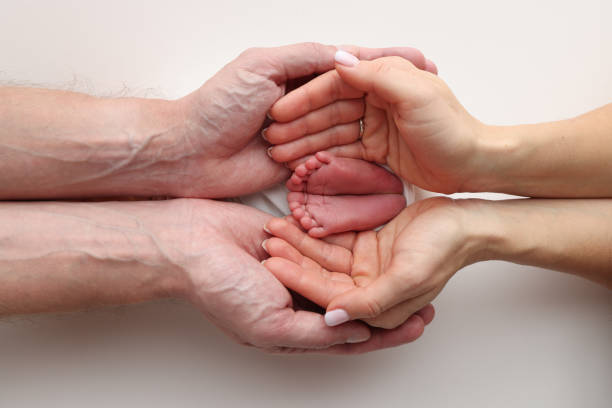Neonatal Respiratory Distress Syndrome (NRDS) was once a major cause of newborn mortality, especially in preterm babies. However, surfactant therapy has transformed neonatal care, significantly improving survival rates and reducing complications associated with premature lung development.

🩺 What Is Surfactant Therapy?
Surfactant therapy involves administering artificial or natural surfactant directly into a newborn’s lungs to replace the missing surfactant that helps keep their air sacs (alveoli) open. This treatment is particularly effective in premature babies whose lungs have not yet started producing enough surfactant.
💡 Before surfactant therapy became widely available in the 1990s, the mortality rate for severe NRDS was extremely high. Now, survival rates have increased to over 90% in many neonatal intensive care units (NICUs).
🔬 How Does Surfactant Therapy Work?
1️⃣ Surfactant is delivered through a breathing tube (endotracheal tube) into the baby’s lungs.
2️⃣ It spreads across the lung tissue, reducing surface tension in the alveoli.
3️⃣ With reduced surface tension, the alveoli stay open, allowing the baby to breathe more easily.
4️⃣ As a result, oxygen exchange improves, and the baby requires less mechanical ventilation.
📌 Surfactant therapy is often combined with other respiratory support, such as Continuous Positive Airway Pressure (CPAP) or mechanical ventilation, to ensure optimal breathing.
📈 How Has Surfactant Therapy Improved Survival Rates?
📊 Studies have shown that surfactant therapy:
✔ Reduces NRDS-related mortality by 40-50%.
✔ Decreases the need for mechanical ventilation, lowering the risk of ventilator-associated lung damage.
✔ Shortens hospital stays for premature infants.
✔ Reduces the risk of long-term lung complications like Bronchopulmonary Dysplasia (BPD).
💡 Fact: Before surfactant therapy, nearly half of all preterm babies with severe NRDS did not survive. Now, with proper treatment, over 90% of preterm infants with NRDS recover successfully.
🩺 When and How Is Surfactant Therapy Given?
Doctors typically administer surfactant therapy within minutes to hours after birth in babies at high risk of NRDS.
✔ Early Surfactant Therapy (Prophylactic Use): Given to extremely premature babies (born before 30 weeks) as a preventive measure.
✔ Rescue Therapy: Given only if the baby shows symptoms of NRDS, such as severe breathing difficulty or low oxygen levels.
📌 Surfactant therapy is most effective when given within the first 6 hours of life, with many babies requiring only one or two doses.
⚠️ Are There Any Risks or Side Effects?
Although surfactant therapy has saved countless lives, there are some potential risks, including:
🔹 Airway Blockage – Surfactant liquid may temporarily obstruct the breathing tube.
🔹 Oxygen Imbalance – Rapid improvement in lung function can lead to high oxygen levels, requiring careful monitoring.
🔹 Bleeding in the Lungs (Pulmonary Hemorrhage) – A rare but serious complication in very premature babies.
Despite these risks, the benefits of surfactant therapy far outweigh the potential complications. Careful monitoring in a Neonatal Intensive Care Unit (NICU) ensures safe and effective treatment.
📌 Final Thoughts
Surfactant therapy is one of the biggest medical breakthroughs in neonatology, drastically improving survival rates for preterm babies with NRDS. By helping immature lungs function properly, this therapy has reduced newborn mortality and given premature infants a much better chance at a healthy life.







